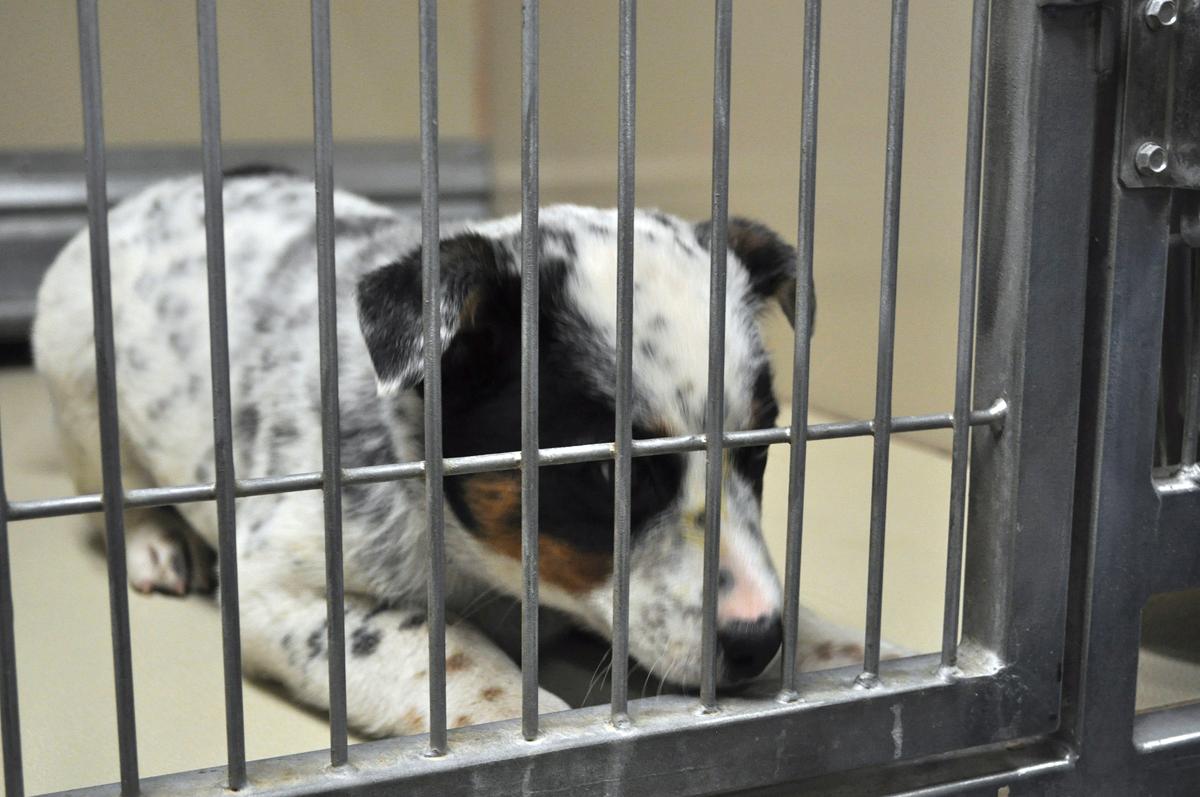Professor analyzes current issues regarding feral animals and abuse
A USU assistant professor and federal researcher had an article published on Feb. 3 in the journal “Bioscience” about feral and free-roaming dogs and their interactions with endangered species in Mongolia.
“Now feral dogs aren’t so much a problem in Mongolia because they have a very strict national policy to shoot on-sight feral dogs,” said Julie Young of the department of wildland resources. “Sometimes numbers can be pretty high for what they have to remove (kill) in a year.”
Utah Representative Curtis Oda is the chief sponsor of proposed bill H.B. 210, which is currently before legislature for the 2011 general session. The bill addresses animal cruelty and animal torture.
“‘Torture’ does not include shooting an animal with the intent to humanely kill the animal,” H.B. 210 states. “The provisions of this bill do not affect or prohibit the humane shooting or killing of an animal if the person doing the shooting or killing has a reasonable belief that the animal is a feral animal.”
Young said most states in the U.S. have some kind of policy in place that deals with how to manage feral animal populations. She said some states’ policies are similar to Mongolia’s shoot-on-sight policy.
In Mongolia, there are wildlife officers similar to state employees from the division of wildlife. These officers are responsible for the extermination of feral dogs.
“Most of their job is to promote endangered species or help if people have questions about habitat,” Young said. “It’s usually more positive.”
She said her research in Mongolia centered around the endangered species Saiga, which is a Mongolian antelope. The scientists began to notice groups of free-roaming and feral dogs that would harass and chase the Saiga. Sometimes the dogs even attacked and killed the endangered animals.
A free-roaming dog is still someone’s pet, Young said. They’re not continuously fenced in or tied up.
Feral dogs are animals that are no longer pets at all and may have been born to other feral dogs, making them wild.
Michael Bishop, director of the Cache Humane Society (CHS) in Logan, said since the shelter opened in October 2008, it has received 167 feral cats and 13 feral dogs.
“This isn’t an area that we have pursued or worked heavily because there’s so much other work just with the normal domesticated pet that needs to be done to help this community more,” Bishop said.
Logan City Animal Control Officer Bryan Lay said if somebody calls about a problem with feral animals on their property, he delivers a live-catch trap and when the animals are caught, he impounds them.
Lay said the animal is impounded for up to four days to give an owner the chance to pick up their pet. If the animal is not retrieved within the four-day period, it is turned over to the CHS.
“They (CHS) decide basically what the final disposition of the animal’s going to be,” Lay said. “Whether they keep it and try to find it a home or rescue it out or else the last resort – euthanize it.”
Bishop said the CHS is an independent, non-profit organization that is unaffiliated with other institutions bearing a humane society name.
For a small fee, he said the shelter facilitates spaying or neutering feral animals. The animals’ ears are also clipped to signify sterilization.
“Animal control is so disjointed, I believe,” Bishop said. “Every municipality, there’s something a little bit different, they have different ordinances and they don’t tend to work together.”
Lay said he picks up cats and dogs almost every day of the year. The winter months tend to be slower than summer months because fewer animals are out when it’s cold outside.
He said there was talk of trying a feral cat colonization program in Logan, which entails catching, sterilizing and releasing feral cats.
“We still deal with them same way, whether they’re trying to do a feral cat colony or not, if someone has a complaint that they’re causing problems in the neighborhood,” Lay said. “It’s hard to tell. I’ve picked up cats that are wild in the cage and when the owner comes over, he says, ‘That’s my cat.'”
Utah State Sen. Dennis E. Stowell is the chief sponsor of another bill, S.B. 57, which outlines possible minimum requirements for community cat programs throughout Utah.
If passed, the bill would allow for individuals to register community cat colonies and keep records on the colonies in order to manage feral cat populations.
“This bill requires the sponsor of a cat colony to actively trap cats in the colony for the purpose of sterilizing, vaccinating and ear-tipping before returning the cat to its original location,” S.B.57 states.
Young said she would like to do research in the U.S., perhaps in Utah, to investigate the effects of feral animals on local domestic wildlife. She encountered packs of feral dogs in Texas while she was working on her doctoral degree.
Some of the literature cited in her published journal article references studies done in Idaho and Colorado.
“There’s also quite a few packs of feral dogs just south of our border here in Utah, down on the Navajo Nation in Arizona,” Young said. “So they do occur, not just in America but throughout the world.”
– dan.whitney.smith@aggiemail.usu.edu

